Mastering DTF Transfers: Revolutionize Your Print Service with Direct-to-Film Technology
Direct-To-Film (DTF) transfers are transforming the print services landscape by offering unparallele…….
In the ever-evolving world of printing and graphic design, Digital Transfer Film (DTF) technology has emerged as a game-changer, particularly for print shops seeking efficient and high-quality production processes. This article aims to provide an in-depth exploration of DTF transfers specifically tailored to the needs of print shops, delving into its definition, applications, global impact, technological innovations, and future prospects. By the end of this guide, readers will have a comprehensive understanding of why DTF transfers are becoming an indispensable tool for modern printing businesses.
Definition:
Digital Transfer Film (DTF) transfers represent a cutting-edge technology that enables digital printing on various substrates, primarily in the print shop industry. This process involves transferring digitally prepared designs onto materials like textile fabrics, paper, wood, or metal through specialized film and heat press techniques. DTF allows for precise color reproduction, intricate detail, and the ability to print on demand, catering to a diverse range of printing requirements.
Core Components:
Historical Context:
The concept of DTF transfers has its roots in traditional printing methods, evolving over centuries to meet the demands of modern, fast-paced production. While silk screening and direct-to-garment (DTG) printing have long been used for custom apparel, DTF offers enhanced precision, efficiency, and versatility, attracting a broader range of print shops. Its rise is significantly tied to advancements in digital printing technology and the growing demand for personalized, on-demand printing services.
Significance in Print Shops:
DTF transfers offer print shops several advantages:
International Influence:
DTF transfers have captivated the global printing industry, with its influence extending across continents. From North America’s vibrant custom apparel market to Europe’s thriving signage and packaging sector, print shops are embracing this technology to stay competitive. Asia-Pacific, known for its dynamic manufacturing and fashion industries, is also witnessing a surge in DTF adoption, driven by the region’s fast-paced consumption trends.
Regional Trends:
Market Dynamics:
The global DTF transfers market is experiencing steady growth, driven by:
Market Size and Growth:
The global print shops market, a significant end-user segment for DTF transfers, is projected to reach USD 275.9 billion by 2026, growing at a CAGR of 4.2% from 2019 to 2026 (Source: MarketWatch). This expansion directly influences the demand for DTF transfers, creating lucrative opportunities for suppliers and print shops alike.
Cost Analysis:
While the initial investment in DTF equipment may seem steep, the long-term economic benefits are substantial:
Supply Chain Dynamics:
The supply chain for DTF transfers involves raw material suppliers, film manufacturers, equipment providers, and print shop integrators. This ecosystem is characterized by:
Advancements in Ink Technology:
Research and development efforts are continuously improving DTF ink formulations, expanding color gamuts and enhancing print quality. Water-based inks, for instance, offer eco-friendly options with vibrant colors, while specialty inks cater to specific substrate requirements, such as metal or fabric.
Smart Heat Press Machines:
Heat press machines are evolving with integrated software, allowing for precise temperature and pressure control, resulting in superior print quality and reduced waste. These smart machines can also be connected to digital design systems, creating a seamless printing experience.
Online Design Platforms:
The convergence of DTF transfers with online design tools has simplified the process for both print shops and customers. Users can now design custom prints on their devices, receive instant previews, and place orders directly from these platforms, fostering a more interactive and engaging customer journey.
Integration with IoT (Internet of Things):
The integration of DTF processes with IoT technologies promises to revolutionize printing operations:
Case 1: Custom Apparel Print Shop in the US
A small business in California, specializing in custom t-shirts, adopted DTF transfers to expand its services. With this technology, they could offer intricate designs, diverse color options, and fast turnaround times, attracting local bands, startups, and tourists seeking unique souvenirs. The result was a 30% increase in revenue within the first year.
Case 2: Signage Manufacturer in Europe
A German signage manufacturer integrated DTF transfers into its production line to cater to the growing demand for custom signs and displays. By offering high-quality prints on various substrates, they secured contracts with major retailers, expanding their market reach and increasing profit margins.
Market Growth Projections:
The global DTF transfers market is anticipated to grow at a substantial rate, driven by rising e-commerce sales, digital printing advancements, and sustainability concerns. Market research firm Fortune Business Insights projects the market size to reach USD 243.7 million by 2026, exhibiting a CAGR of 5.6% (2019-2026).
Technological Evolution:
The future of DTF transfers is poised for further innovation:
Regional Expansion:
While North America and Europe currently lead in DTF adoption, emerging markets in Asia-Pacific and Latin America are set to experience significant growth:
In conclusion, DTF transfers are transforming the printing industry by offering unparalleled versatility, quality, and efficiency. As technology continues to evolve and market demands shift, print shops that embrace DTF transfers will be well-positioned to capture new opportunities and maintain a competitive edge in their respective regions.
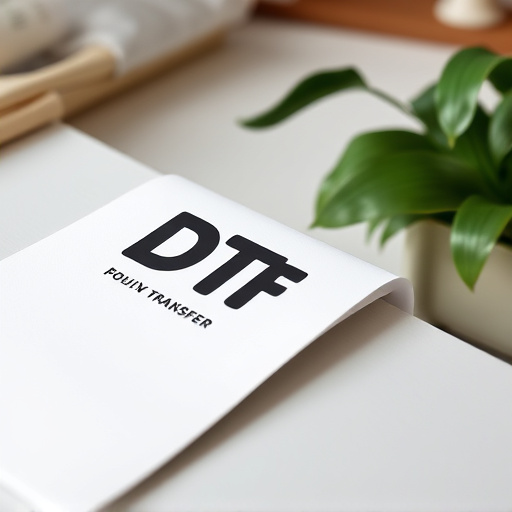
Direct-To-Film (DTF) transfers are transforming the print services landscape by offering unparallele…….
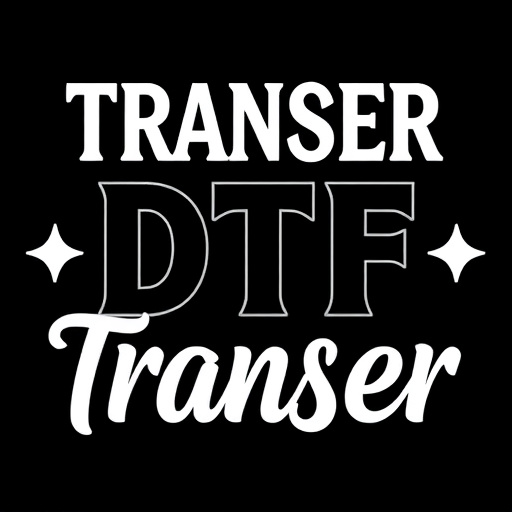
Direct-to-Film (DTF) transfer technology is revolutionizing printing by enabling high-quality, preci…….
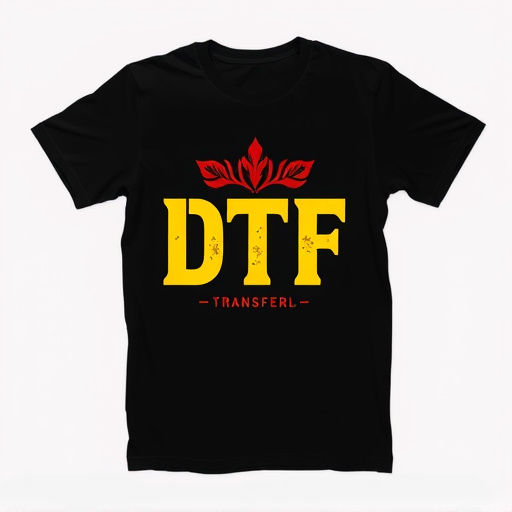
Direct-To-Film (DTF) technology is transforming printing services by enabling efficient, high-qualit…….
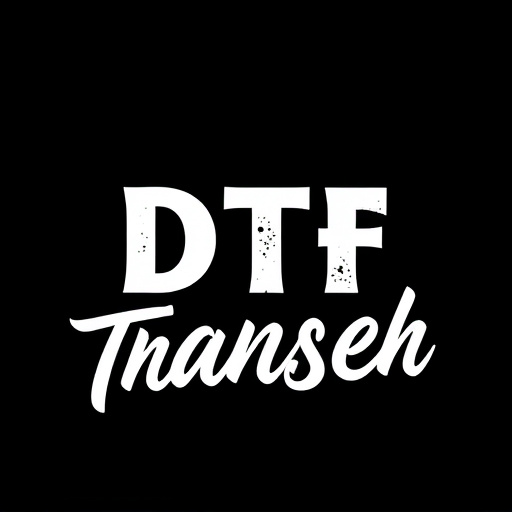
DTF (Direct-to-Film) printing has revolutionized film transfer processes, offering fast, precise, an…….
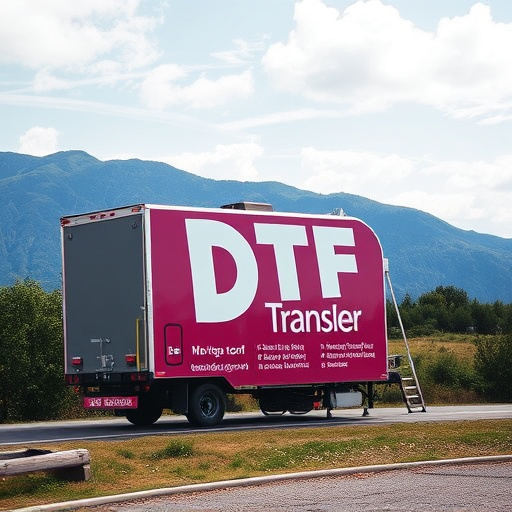
DTF Printing revolutionizes the printing industry with its direct-to-film technology, offering super…….
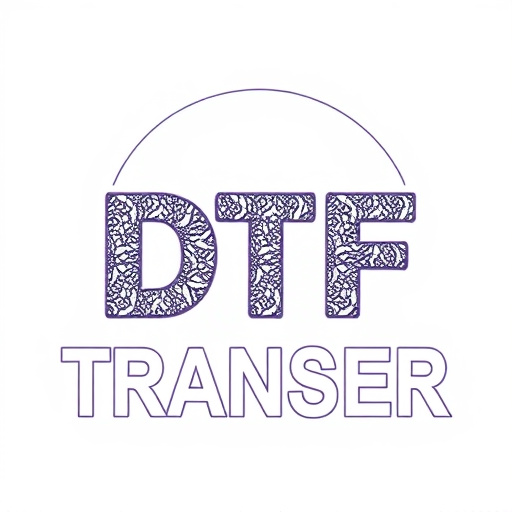
Direct-to-film (DTF) printing is a cutting-edge technology that offers unparalleled precision, vibra…….
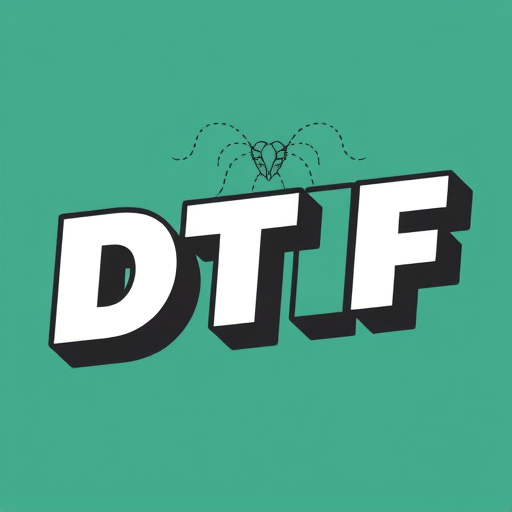
Direct-to-Film (DTF) technology is a game-changer in printing, offering high-quality, efficient dire…….

Direct-to-Film (DTF) transfers revolutionize printing by offering an efficient, precise, and high-qu…….
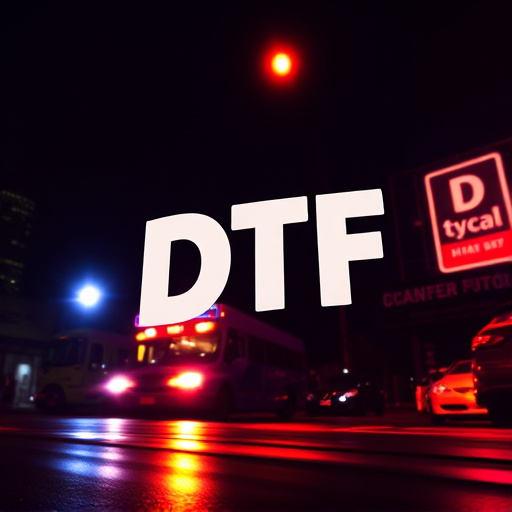
Direct-to-Film (DTF) transfers are transforming printing services with their advanced technology, en…….
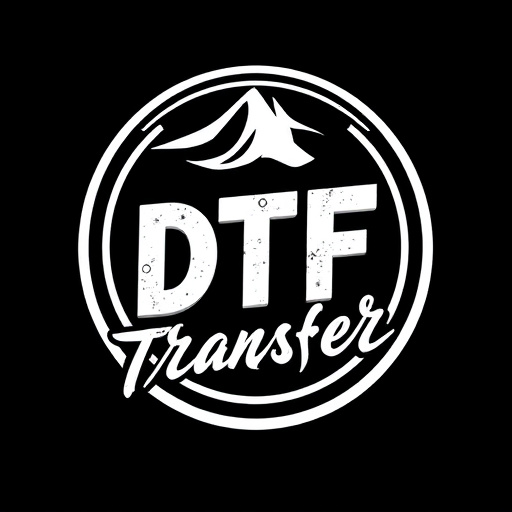
Direct-To-Film (DTF) transfers are transforming printing by streamlining processes directly onto fil…….